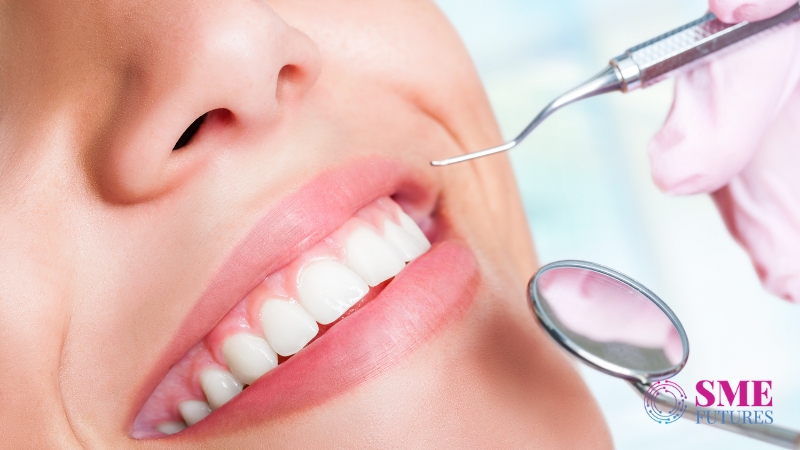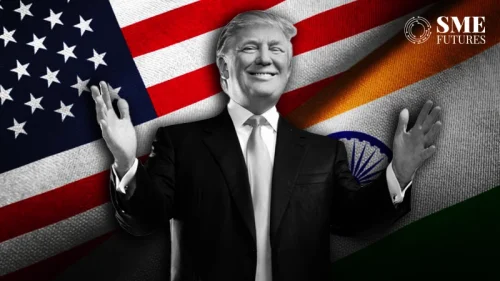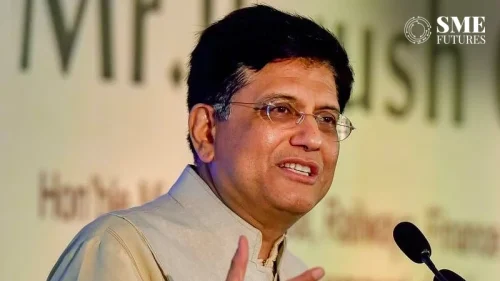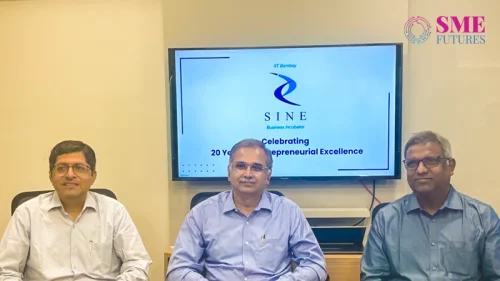From childhood, Aashima Malhotra (name changed) from Delhi was self-conscious about her smile due to her crooked teeth, causing her to become an introvert. After researching her options, she decided on cosmetic dentistry. It took a long time with multiple sessions, but the makeover changed her life.
In the age of selfies and Instagram influencers, a dazzling smile has become the ultimate accessory and gone are the days when a visit to the dentist was solely about cavity fillings or root canals.
Today, cosmetic dentistry is taking centre stage in India, with a burgeoning market that’s not just about oral health but also about enhancing one’s appearance and boosting one’s confidence. This transformation has turned dental clinics into hubs of aesthetic rejuvenation, where patients seek treatments to achieve the perfect smile. Speaking to the experts in the field gives us some insights.
“Are these treatments popular?” we ask.
“There is definitely a craze, especially post COVID,” answers Viren Khullar, Director at STIM Oral Care. “The Indian market is witnessing a surge in dental beauty treatments! As a stakeholder in the oral care business, I see this trend as a positive development,” he adds.
Indian market is growing
According to market research platform Precedence Research, North America tops this market, followed by China and Japan. Meanwhile, India’s cosmetic dentistry market size accounted for $1.15 billion in 2023 and it is expected to hit around $3.06 billion with a CAGR of 10.4% from 2024 to 2033.
Another market research firm, MarketsandMarkets says that millennials and baby boomers are investing more on their oral health.
According to Dr Rajeev Chitguppi, Head of Research & Innovations, ICPA Health Products Ltd, the popularity of cosmetic dentistry is on the rise due to a shift in people’s perception of dentistry, which has evolved from getting rid of dental diseases to improving their facial appearance and overall personality. “People are more eager than ever to invest in their smiles due to the impact of social media, increasing aspirations, increased availability of information, and the rise in their disposable income,” he says.
In fact, studies indicate that a significant portion of the population feels self-conscious about their teeth.
A 2015 study revealed that over 25% of individuals dislike smiling due to perceived dental imperfections, while more than 80% feel that their teeth appear unattractive in photographs. The study also revealed that over 40% of people would change their smiles, and slightly over one-third admitted to feeling embarrassed by their smiles. Such sentiments have propelled the demand for cosmetic dental treatments.
Game changing procedures
One of the distinguishing features of cosmetic dentistry is its focus on enhancing the appearance of teeth and gums, rather than on solely addressing oral health issues. This differentiation is crucial in understanding the growing popularity of cosmetic dentistry, as individuals increasingly prioritise aesthetics alongside oral health.
Dr. Chitguppi says, “Advanced tools, materials, and procedures have given dental professionals more effective and efficient solutions, due to which cosmetic treatments have become more appealing to patients.” Indeed, innovations such as digital dentistry, intraoral scanners, and 3D printing have revolutionised the field, enabling precise and minimally invasive procedures that yield superior aesthetic outcomes.
“The simplest form of cosmetic dental treatment is a dental filling done on teeth with cavities. The 2022 Global Oral Health Status Report from WHO states that oral diseases affect almost 3.5 billion people worldwide, with three-quarters of those affected residing in middle-income countries. On a global scale, about 2 billion individuals have tooth decay in their permanent teeth, and over 500 million children experience decay in their milk teeth,” he adds.
For decades, silver amalgam was the most commonly used dental restorative material, whereas nowadays tooth-coloured fillings are becoming more popular. Dental composites are becoming popular as the preferred restorative materials due to their durability, ease of application, and ability to match the natural colour of the patient’s teeth. Data from 2022 shows that the Asia Pacific region was the fastest-growing region in the dental composites market and is likely to grow further in the coming years.
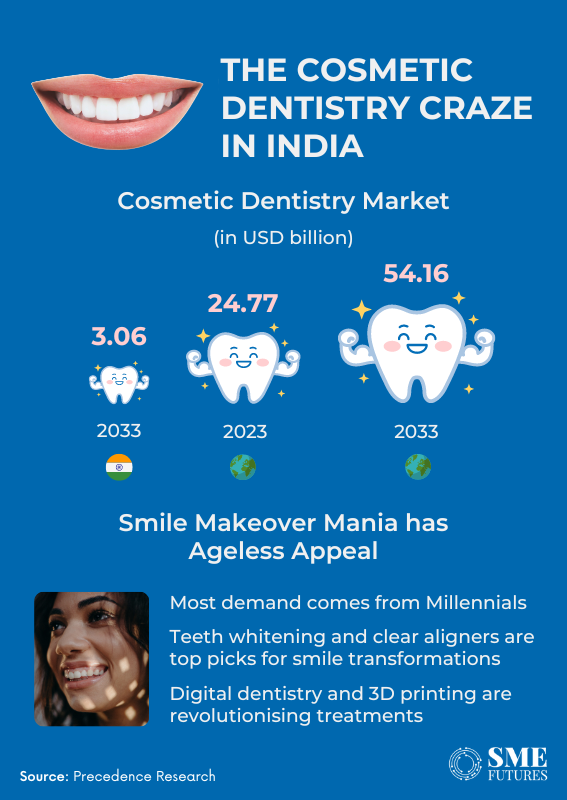
It’s all about aesthetics
Khullar emphasises the symbiotic relationship between the surge in dental beauty treatments and the oral care industry, saying, “This boom reflects a growing understanding of the link between oral health and overall well-being. People are no longer just concerned about preventing cavities; they’re actively seeking treatments that enhance their smile’s aesthetics.”
This has increased the consumption of dental services and products, while spurring dental tourism in India.
According to market experts, in India, two cosmetic dental treatments have witnessed rapid growth: teeth whitening and orthodontic alignment using clear aligners.
Teeth whitening, a relatively straightforward procedure aimed at brightening discoloured teeth, has witnessed a surge in demand. Similarly, the popularity of clear aligners for correcting misaligned teeth has soared, fuelled by technological advancements and evolving consumer preferences.
The teeth whitening product market grew at a CAGR of 4.5% from 2012 to 2021, Dr. Chitguppi tells us.
Currently, the global teeth whitening products market represents approximately 25% of the overall cosmetic dentistry market. The teeth whitening market in the Asia Pacific region is growing at the fastest pace with an estimated contribution of 34% to the growth of the global market from 2023 to 2027. The cost of teeth whitening treatments is significantly lower in Asian countries including India, compared to North America and Europe.
Similarly, the demand for orthodontic treatment using clear aligners is witnessing a steady rise in India.
Clear aligners are invisible plastic trays designed for discreetly straightening misaligned teeth and can be conveniently removed and worn back by the patients at home.
“Technological advancements, particularly in computer-aided design and manufacturing, enhance the precision of aligner production, leading to improved treatment outcomes and contributing to market expansion. In 2022, the market for clear aligners in India reached a value of USD 96.02 million, and it is anticipated to experience a growth of 34.07% CAGR from 2023 to 2030,” says Dr. Chitguppi.
More demand means more business
The growing awareness of dental health, increased treatment options, and the development of dental education and infrastructure have resulted in more patients seeking treatment, further propelling market growth.
This paradigm shift has opened new avenues for oral care companies like STIM, prompting them to innovate and diversify their product offerings to cater to evolving consumer needs.
“This trend has opened the door for STIM to cater to a broader audience. By exploring new teeth whitening products specifically positioned within the beauty segment, we can tap into a market driven by aesthetics and self-care aspirations,” says Khullar.
“The Indian market for dental beauty treatments aligns perfectly with STIM’s strategic vision. While we currently offer one popular whitening toothpaste – STIM Charcoal, we’re expanding our teeth whitening portfolio with several exciting new products in the pipeline. This targeted diversification positions STIM to tap into this rapidly growing segment and capture a significant share of the market,” he adds.
Meanwhile, Dr Jasmine Singh, a dentist and an oral health enthusiast based out of Delhi-NCR says that cosmetic dentistry is not for everyone. “I can see that the popularity of these treatments is rising. However, there are certain criteria for patients before they go through these treatments. Not everybody requires them (smile makeover, bleaching or teeth whitening) in my opinion,” she contends.
She opines that mostly people within the 20-35 age group are more inclined towards these treatments without considering if they actually need them.
Money matters
“The market is undoubtedly expanding, and we are witnessing increased demand. However, practitioners who want to succeed in this business model must be well-versed in all aspects of it. Another suggestion for a successful business concept is the area they operate in. Clientele comes next, followed by the age group. Because these procedures require a significant amount of money,” notes Dr Singh.
As the cosmetic dentistry market continues to flourish, affordability remains a significant concern for many consumers. These treatments often come with a hefty price tag, making them inaccessible to a large segment of the population.
“The cost is for the variety, depending on the patients’ requirements, different treatments, and other things. It can be as affordable as Rs 3000 to lakhs,” she adds.
Recognising this challenge, fintech companies have stepped in to provide EMI solutions, making cosmetic dental treatments more financially feasible for patients.
The rise of cosmetic dentistry in India represents a convergence of technological innovation, changing consumer preferences, and increasing awareness about the importance of oral aesthetics, while also heralding an entrepreneurial renaissance for dental practitioners. As the market continues to expand, driven by a desire for self-improvement and a quest for perfection, cosmetic dentistry is poised to redefine smiles and transform lives across the nation.

